Computer-generated images have allowed studios to elevate films to a new art form. Things you never imagined you would ever see come alive on the screens to our wonder and amazement. It's the natural evolution from practical effects and matte paintings from the old days. CGI helps filmmakers create new worlds and living characters who interact with actors in the most natural way. This industry has taken a significant leap in that direction over the last 20 years.
The downside of creating beautiful imagery is that this process is costly and, more often, time-consuming. Films need to be planned years ahead, and studios need to hire the best talent in the industry to bring their vision to life, lest they risk failure. Some creatives go the extra step, such as Peter Jackson, who founded Wētā FX to create the technology to help him bring to life all the elements he wanted in his initial The Lord of the Rings trilogy.
The imagination of many filmmakers is the only limit when it comes to visual achievements. Hollywood has done groundbreaking works with CGI, but the rest of the world is also catching up. Let's take a moment to rank the most expensive characters created for live-action films to date.
20 The T-1000 - Terminator 2 (1992)
James Cameron has always been an innovator in filmmaking, and the biggest blockbuster of 1992 is a testament to his persistence. Terminator 2: Judgment Day had to be the first entry in the ranking. The T-1000, played by Robert Patrick, is still the movie's most iconic and memorable character.
Cameron partnered with Industrial Light & Magic (ILM), and additional work was handled by Stan Winston Studio, Fantasy II Film Effects, and 4-Ward Productions. The number of scenes where you see the T-1000 use its powers amounts to no more than six minutes of footage; the total cost to produce the effects was $5.5 million.
19 All the Dinosaurs - Jurassic Park (1993)
Not to be outdone by Cameron, Steven Spielberg would send chills down the world's spine by bringing back the ancient dinosaurs to life. Spielberg was fiercely committed to getting the right visual tone for the film, so he partnered with his old friend George Lucas and his company Industrial Light & Magic to bring all dinosaurs to life. Jurassic Park had a budget of $63 million, and it's safe to bet much of it went to the film's visuals.
There are no official figures for the budget of VFX, but the cast is made of accomplished working actors, not superstars. That can give you a hint of the expenses. The footage showcasing dinosaurs is about 14 minutes of the total duration of the film, which took nearly one year to make. Many dinosaurs were practical effects built by the Stan Winston Studio. However, Spielberg used ILM to enhance the presence of the practical dinos to create a timeless masterpiece that still holds up today.
18 Gollum - The Lord of the Rings Trilogy (2001)
Peter Jackson is one of the most accomplished filmmakers of our time. He's the man who undertook a project no one wanted nor dared to touch for fear of its fan base and turned it into a multimillion-dollar empire that garnered him much praise and 11 Academy Awards to his name. The Lord of the Rings is his magnum opus, and he wouldn't let anyone else dictate the look and feel of its characters.
Jackson used his own VFX company Wētā FX, to design and create every digital character in the film. The overall cost of the whole trilogy is around $281 million, with nearly half that money invested into creating the visual enhancements. Jackson also developed the technology to motion capture Andy Serkis in the role of Gollum in the open without requiring a green screen. The result is still one of the greatest fantasy movies ever seen.
17 Neo - The Matrix Reloaded (2004)
The Matrix Reloaded is the sequel to the first entry of the trilogy made in 1999, directed by the Wachowskis. For Reloaded, the vision of the Wachowskis required new technology. The burly brawl is the movie's most expensive sequence, and the ESC Entertainment experts handled it. The people in the VFX house were the ones to come up with the bullet time technology to make the practical effects in the first film.
The burly brawl is a mix of practical effects with heavy CGI editing. Neo, as played by Keanu Reeves, had to be digitally recreated to achieve many of the visual feats seen in the sequence. There is also the work of recreating Hugo Weaving's facial features in all the extras and the digital placements to increase the number of the agent's duplicates. The total cost of this intense fight clocks nearly $40 million.
16 Kong - King Kong (2005)
Peter Jackson has a love of cinema that rivals that of Martin Scorsese. Once he made his bones with the LOTR trilogy, he had a lot of leeway to produce his own vanity project. The director would team again with his partners at Wētā FX and Andy Serkis to bring the big monkey back to life for a whole new audience. The result was the 2005 version of King Kong. This fantastic film expands on the original story told in 1933, making it nearly three hours long.
Using the same guidebook as established filmmakers such as Cameron and Spielberg, Jackson chose a cast of working actors who were familiar with audiences to bring his grand epic to life. With a budget of $208 million, it's safe to say much of that money went into creating Kong, Skull Island, all the dinosaurs Kong fight in the film and the giant-sized insectoid creatures that fight Carl Denham's crew.
15 Yoda and General Grievous - Revenge of the Sith (2005)
George Lucas had to wait nearly 20 years and create his own VFX company to achieve his vision for another Star Wars story. The result is the prequel trilogy. Each film had a budget of $115 million, but Star Wars: Episode III – The Revenge of the Sith was a couple of million cheaper than the other two. Lucas unleashed the power of Industrial Light & Magic to bring his faraway galaxy to life, especially the multiple alien species living in this world.
One of the most significant challenges was achieving the right look for General Grievous. The field commander of the separatist army had a massive fan base by the time the film premiered, thanks to the Clone Wars cartoon produced by Genndy Tartakovsky. A good portion of the budget went into the making of this fierce warrior, who had to be nerfed thanks to an injury he suffered in the cartoon. Yoda was animated using existing assets from Episode 2, but creating the parliament fight took a good chunk of the budget, given the mixture of CGI and practical effects.
14 Davy Jones and his Crew - Pirates of the Caribbean: Dead Man's Chest (2006)
Davy Jones, the undead captain of the Flying Dutchman, is one of the most visually stunning characters ever created using CGI. Not only is he intimidating, but he's also gross to look at. The deformed pirate has neglected his mission to lead the soul of the dead in the sea back to the worlds beyond. To create the monster that Davy Jones chose to become, director Gore Verbinski hired the experts of Industrial Light & Magic.
The stunning work enhances Bill Nighy's performance and the masterful transformation of every crew member in The Flying Dutchman into raging monsters. Visual effect supervisors Hal Hickel and Charles Gibson would be the ones to execute Verbinski's vision using a large portion of the $225 million allocated for the budget of Dead Man's Chest. This single expense is said to be around $70 million, which earned the film an Oscar win for Best visual effects.
13 Sandman - Spider-Man 3 (2007)
Sam Raimi was more than ready to deliver a heartfelt tale with Spider-Man 3 until studio interference changed his plans for the films. The original idea was to resolve the plot related to the Osborn family and introduce The Sandman. Avi Arad mandated the presence of Venom and Gwen Stacy in the story, making the script a convoluted mess. Still, this doesn't remove the fact that the film accomplished many visual achievements.
The CGI was handled by Sony Pictures Imageworks, led by Scott Stokdyk. The man used advanced fluid dynamics simulations to create Sandman's sand particle body to life. It was the most challenging effect in the movie, hence the one that looks better. Thomas Haden Church did a fantastic job as the villain. The cost of building his character from scratch was estimated at $60 million, and the assets created for this film would later be reused for Spider-Man No Way Home.
12 All the Transformers - Transformers (2007)
Michael Bay took over the Transformers franchise in 2007 and reigned supreme across five films. The first film budget was $150 million; a large chunk went to the different robots. Most of the visual effects were handled by Industrial Light & Magic, while Digital Domain Studios made the rest. Bay ensured the VXF artists were fans of the property and gave them a lot of leeways to play with the designs.
While there is no precise figure about the budget allocated for each character, we can tell you each Transformer had multiple moving parts, ranked in the hundreds of thousands. Bay purposefully strayed away from the original designs to make each robot look as cool as possible instead of the dated blocked designs used in the shows. The results speak for themselves, with a new entry in the anthology released in 2023.
11 The Na'vi - Avatar (2009)
After making millions with Titanic, James Cameron went into a prolonged hiatus. His new film would not come out until 14 years later. Made on a budget of $237 million, Cameron chose to work with Wētā FX to create the living characters in the movie while Industrial Light & Magic created the rest of the visuals. The result was Avatar. The highly expected film would become the first to break the $2-billion-dollar landmark.
Cameron went all out with Avatar, pushing boundaries of visual storytelling never achieved before. Most of the film was done in sound stages, with the whole world of Pandora created digitally. The Na'vi, the blue-skinned aliens at war with humanity in the film, are entirely digital creations, with hundreds of hours invested in making them look as authentic as possible. We'd say this is money well spent.
10 All the Apes - Rise of the Planet of the Apes (2011)
This ranking should teach you something: each time you see Andy Serkis's team with Wētā FX, you'll likely get an absolute banger of a movie. Rupert Wyatt directs Rise of the Planet of the Apes. It's the first entry in a prequel trilogy to The Planet of the Apes. The story chronicles the rise of Caesar as the new leading force in the world that apes are overtaking. It was filmed on a budget of $93 million.
There's no public record of the budget allocations for visual effects, but there is a lot of exciting data. On the one hand, all of the apes portrayed in the film are played only by six actors who wear motion capture gear and interact with humans to achieve more realism. Also, many of the film's outdoor scenes were captured in a sound backstage against a blue screen to impose the digital imagery later.
9 The Tiger - Life of Pi (2012)
Ang Lee is one of the greatest storytellers of our time. People pay attention each time he makes a film since we don't know how the director will surprise us. After a brief run with action features, he went on to produce high-profile dramas and introspective stories; one of his best offerings, Life of Pi, presents an unlikely scenario where a boy must spend 227 stranded in the ocean with a Bengal tiger.
CGI was handled by Rhythm & Hues Studios. The studio did an incredible job bringing the majestic tiger, Richard Parker, to life. The film cost $113 million, and most of it went into making Richard the Tiger a lifelike experience for the audience. According to the director, 85% of the shots with the tiger are CGI, while 15% used a trained Bengal tiger to accomplish quieter takes. The effort paid off since the movie won the Academy Award for visual effects of that year.
8 The Hulk and The Chitauri - The Avengers (2012)
The first on-screen adventure of Earth's Mightiest Heroes was the biggest film in 2012 and kicked the curb for the future of CGI in cinema. The Avengers had a production budget of $220 million and over 2200 visual effects in its runtime. The task was too much for a single VFX studio, so a gathering of the finest occurred with Industrial Light & Magic, Wētā FX, Scanline VFX, Hydraulx, and Fuel VFX leading the effort.
Director Joss Whedon had limited filming in special sets created in Ontario and New York, but 90% of the visuals seen in the movie are created with CGI. Characters like the Hulk, the Chitauri invading force, Iron Man, and Thor were digitally recreated to perform the incredible feats we see on the screen. The result is a record-breaking box-office gross of $1.5 billion, cementing Marvel Studios as a bankable venture.
7 Smaug - The Hobbit: The Desolation of Smaug (2013)
The Hobbit is a prequel story to The Lord of the Rings and one of the few examples of spreading the source material too thin for profits. The mandated studio film was supposed to be handled by Guillermo Del Toro, who wanted to do a single solid film. Warner, however, wanted a whole new trilogy, so Peter Jackson had to return since he was already familiar with the material.
Made on a budget of $225 million, The Desolation of Smaug is excellent, but it relies too much on fan service and adding some aspects outside the story. However, the rich visual fest is still fantastic, especially Smaug, the Dragon withholding Lonely Mountain from the dwarves. Animated by Wētā FX, Smaug looks perfectly recreated, with smooth movements, while perfectly integrated with the environment.
6 Ultron and The Hulkbuster - Avengers: Age of Ultron (2015)
If there is something you can count on, Marvel films will always look good, given the many VFX studios involved in their production. Avengers: Age of Ultron is the sequel to the 2012 box office hit, again directed by Joss Whedon. Thanks to a budget of $365 million, the director would trust multiple VFX houses again to bring his vision to life with Industrial Light & Magic, Rising Sun Pictures, and Wētā FX leading the pack.
The film was shot in multiple sets with many real-world locations, but some of the most visually stunning shots were created on a sound stage against a blue screen. Ultron, as played by James Spader, was created using motion capture technology. Same for the Hulk and The Hulkbuster armor worn by Iron Man to fight the ranging monster, who goes rogue after being mentally manipulated by The Scarlet Witch.
5 Ava - Ex-Machina (2015)
Ex-Machina has become a cautionary tale when it comes to AI advancement. This great movie was the directorial debut of Alex Garland, made on a budget of $15 million. A24 entrusted the visual aspect of Ava to DNEG Studios, with Andrew Whitehurst, Paul Norris, and Mark Ardington supervising the creation of the sentient android and other visual effects with the assistance of Sara Bennet from Milk VFX.
Unlike previous entries, Ex-Machina was shot on location, with actress Alicia Vikander wearing a prosthetic suit indicating the placement of the machinery for Ava. The special effects were tackled in post-production, with the rumored cost of $5 million for the 800 shots featuring Ava and other pieces of technology. The efforts were good enough to earn the film an Academy Award for best visual effects.
4 All the Animals - The Jungle Book (2016)
After being heavily involved with the MCU, Jon Favreau took a break from superheroes to make the live-action remake of The Jungle Book in 2016, arguably their best offering in these live-action remakes to date. The film closely follows the same plot as the animated feature, with a young boy named Mowgli embarking on a journey in the jungle with his animal friends. As expected, all the animals are created using CGI.
The reported budget for this production was $175 million, which was wisely spent across multiple VFX houses, with supervisor Robert Legato overseeing the efforts of industry giants Wētā FX, Animal Logic, and MPC Studios to bring to life Bagheera the Panther, Baloo the Bear and Shere Khan the Tiger. All creatures have been crafted with exceptional attention to detail, and groundbreaking textures are rarely achieved in these productions.
3 Godzilla and King Ghidorah - Godzilla King of the Monsters (2018)
The Monsterverse was in full force after Godzilla (2014) and Kong: Skull Island (2017). Michael Dougherty took over to give us Godzilla: King of the Monsters. This powerful action flick includes an all-star lineup of Kaijus making their debut on the big screen through an American Studio. With a budget of $200 million, the design and composition of the thousands of frames, including VFX, was handled by MPC, DNEG, Method Studios, and Rodeo FX.
The film addressed the failings of the first entry in the series by showing us much more footage of Godzilla, whom we see in all glory teaming up with Mothra to fight King Ghidorah for Kaiju supremacy. Their confrontation awakens the remaining titans of the Earth, who must subdue to their new overlord or bear witness to a new conflict between the king of the monsters and the space-bound pretender.
2 Thanos and The Black Order - Avengers: Infinity War (2018)
Without a doubt the best Marvel Studios film (sorry, Endgame fans). The third film in the Avengers anthology, Infinity War finally introduces Thanos in all his glory to audiences. The universal conqueror is not alone; he comes with his four lieutenants, the Black Order. Josh Brolin's imposing performance was directed by the Russo Brothers, who entrusted the visuals of the villain and his squad to the likes of Industrial Light & Magic, Framestore, Method Studios, Wētā FX, DNEG, Cinesite, Digital Domain, Rise, Lola VFX, and Perception Studios.
Iron Man, Spider-Man, Dr. Strange, and many more have their time to shine on screen. With a budget of $400 million is hard to know how much of this money was allocated to visual effects, considering that other characters in the film are also entirely CGI generated. The motion capture technology was used to get precise movements, but most backgrounds were created using a backstage and blue screen. The finished results are nothing short of staggering, and a box office hit ranking of $2.052 billion worldwide.
1 Jimmy Hoffa, Russell Bufalino and Frank Sheeran - The Irishman (2019)
The Irishman is the last hurrah in the world of mob films by Martin Scorsese. Cataloged as "unfinished business" by Robert De Niro, the movie was a long-gestating project between the director, De Niro, and Al Pacino, who announced the film in 2007. By the time it started production, all actors Scorsese wanted for the roles were too old for their parts. However, this didn't deter the director one bit. The movie jumped studios too many times to recount but ended up on Netflix.
Scorsese sought the help of Industrial Light & Magic, with visual effects supervisor Pablo Helman; they devised a de-aging technology to make De Niro, Pacino, and Joe Pesci look in their 40s again. The budget for the film was initially set at $159 million, but the rumors around the creation of the tech required to enhance the actors ballooned the cost of production for the film to $300 million. The process is way more expensive than anything else on the list since all de-aging had to be made in post-production, as filming was handled in location.
The final result? Another masterpiece by Scorsese and one of the biggest snubs in the history of the Academy, who graced the movie with ten Oscar nominations but not a single award.
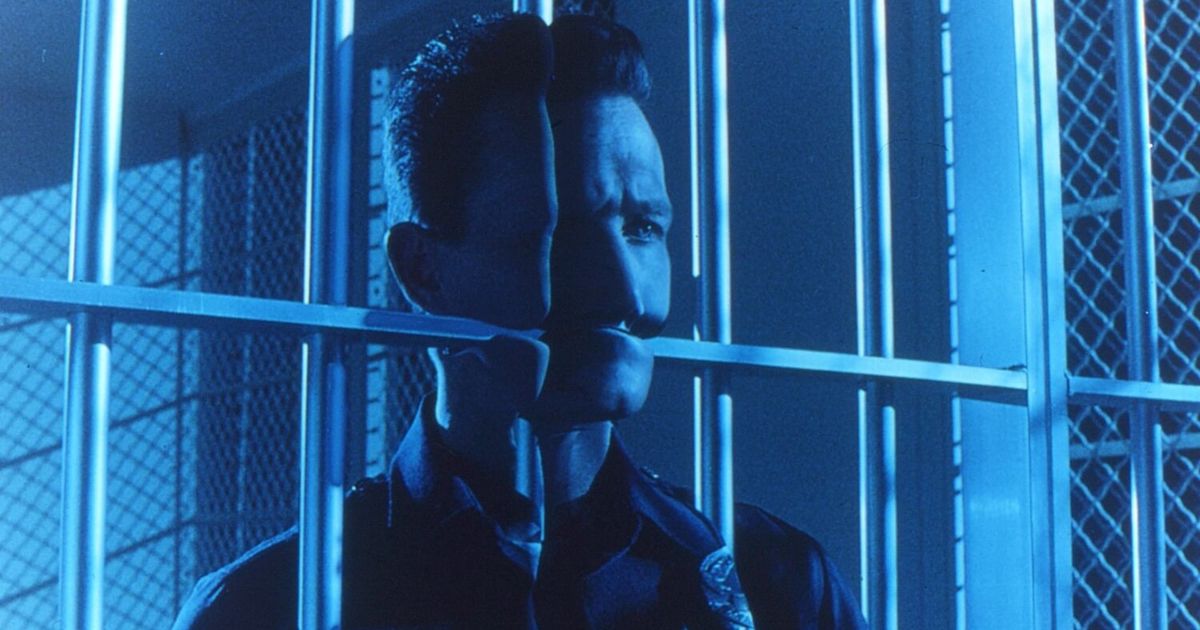
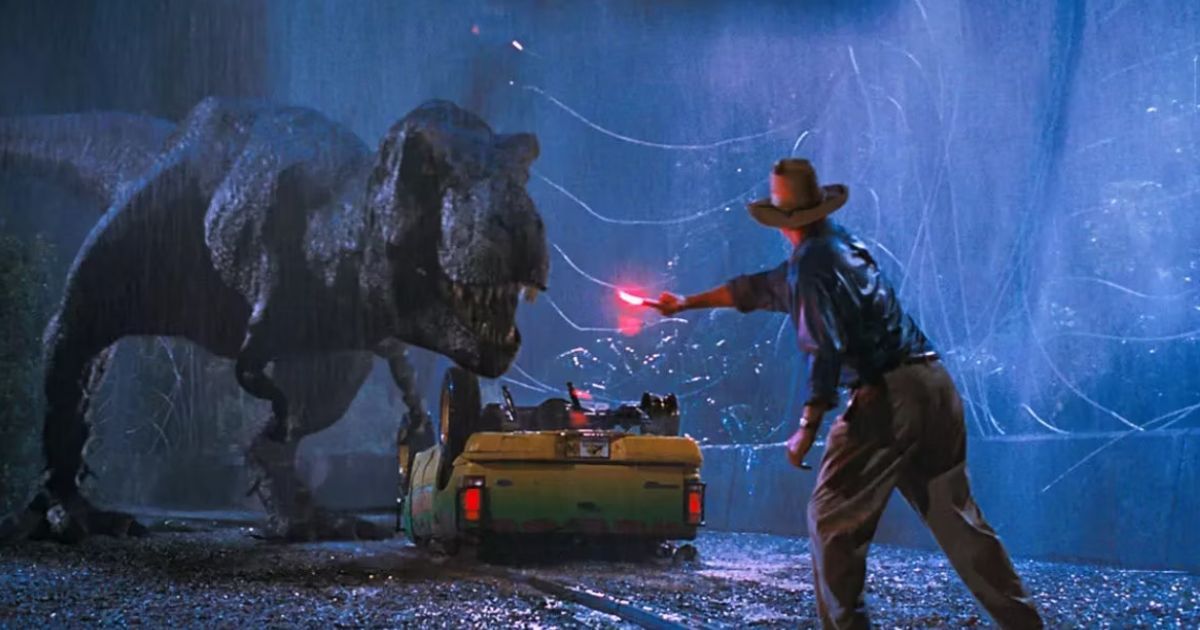
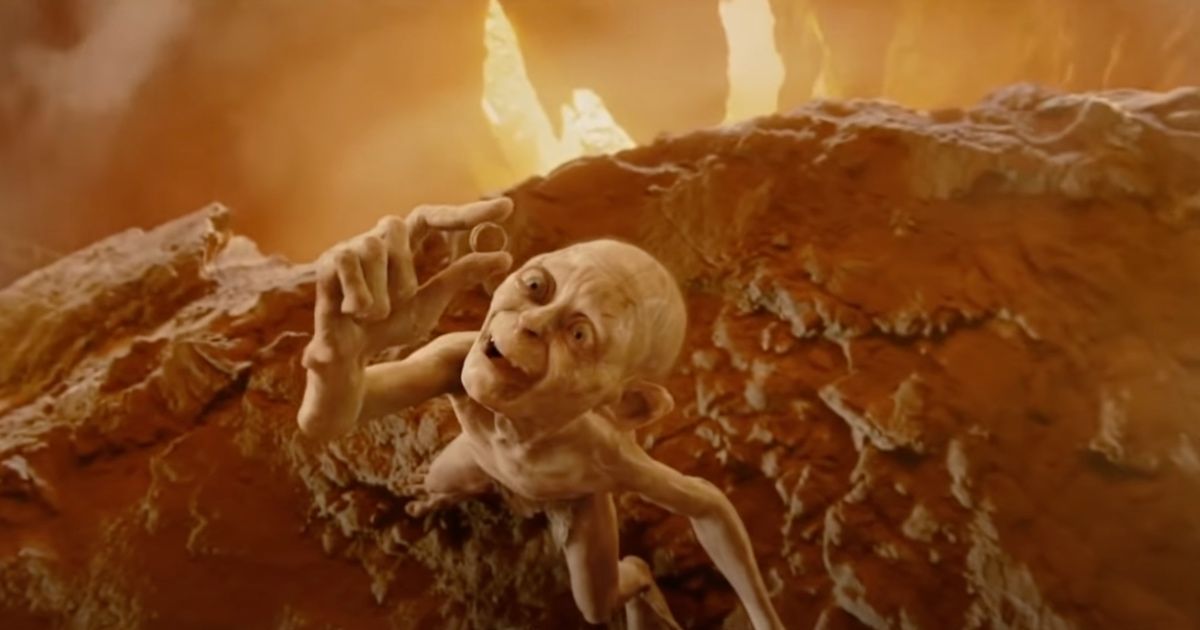
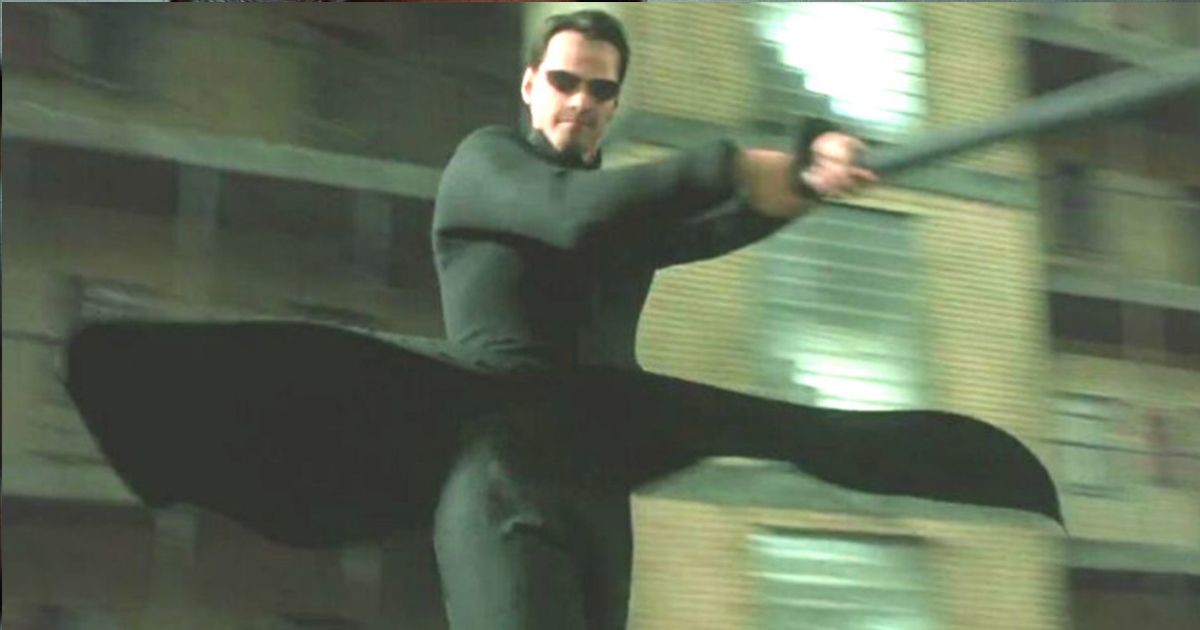
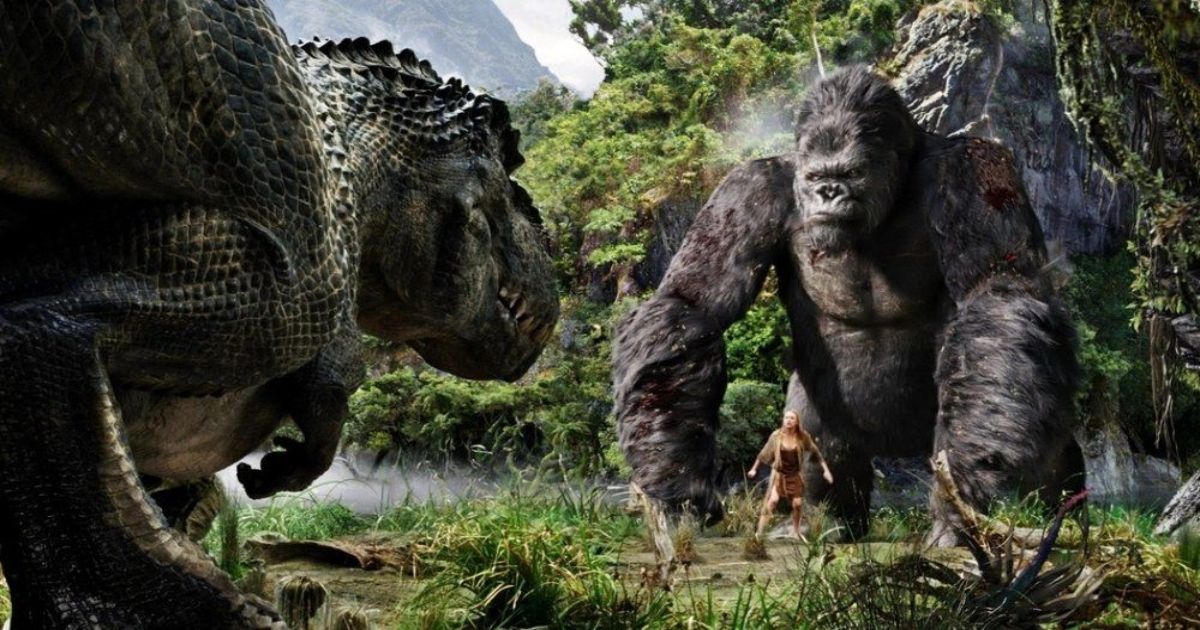

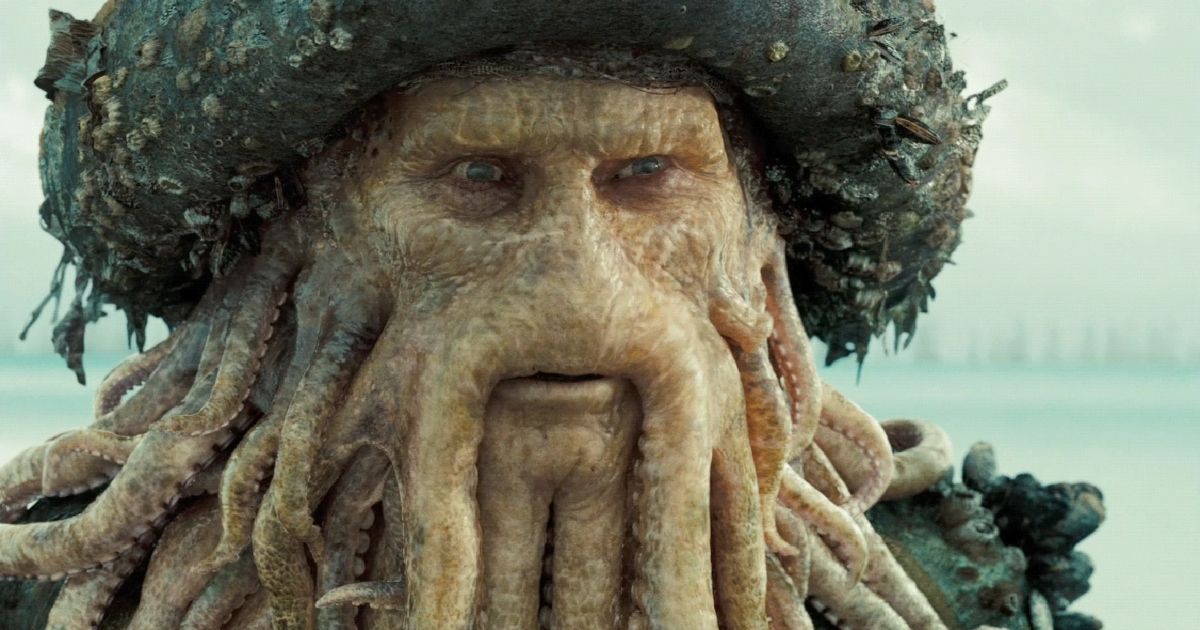
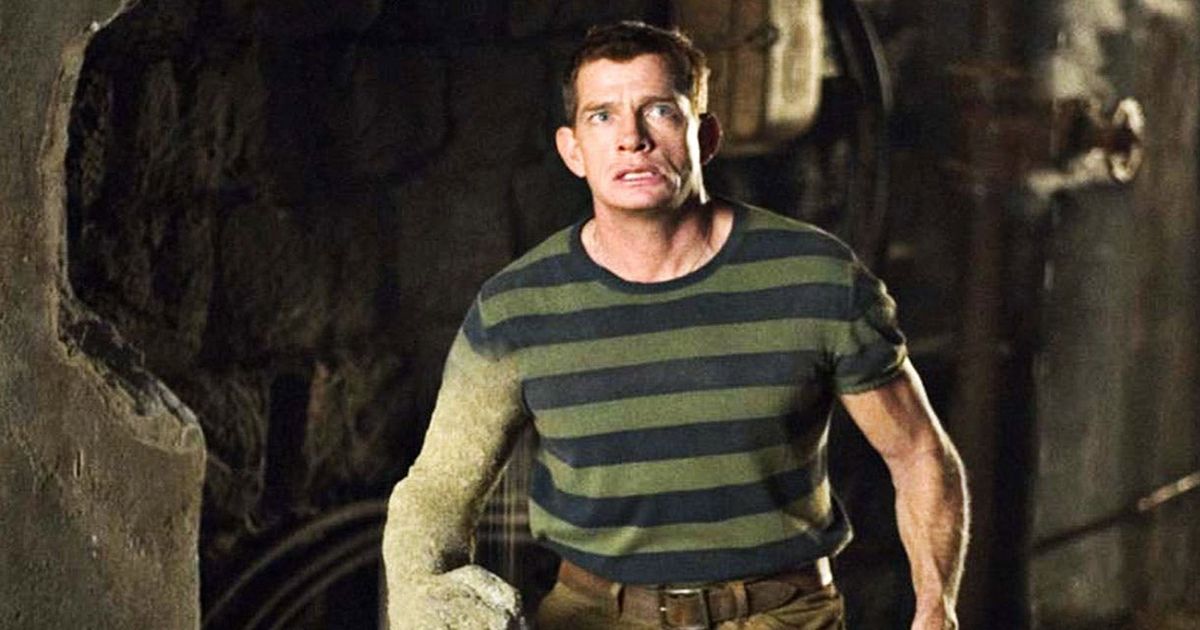
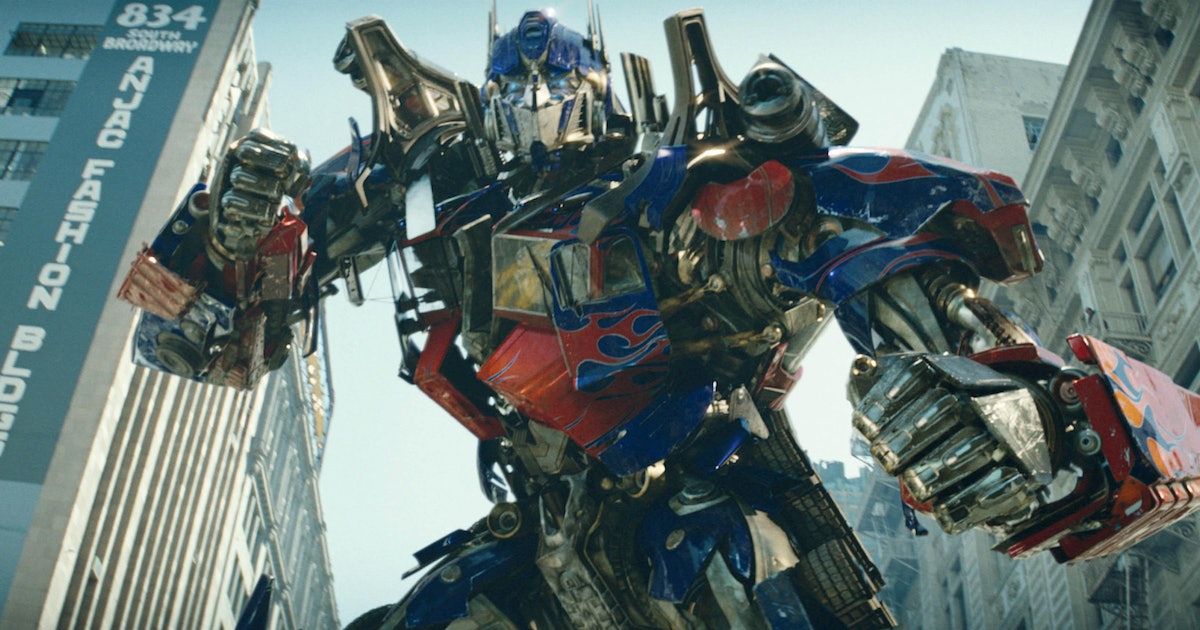
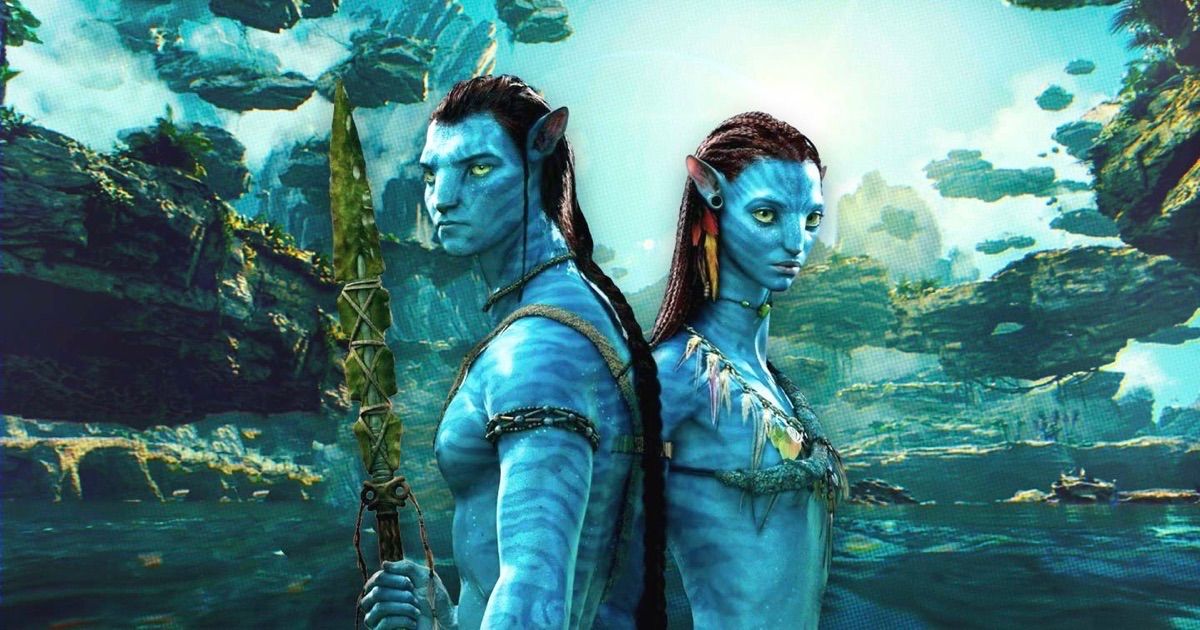

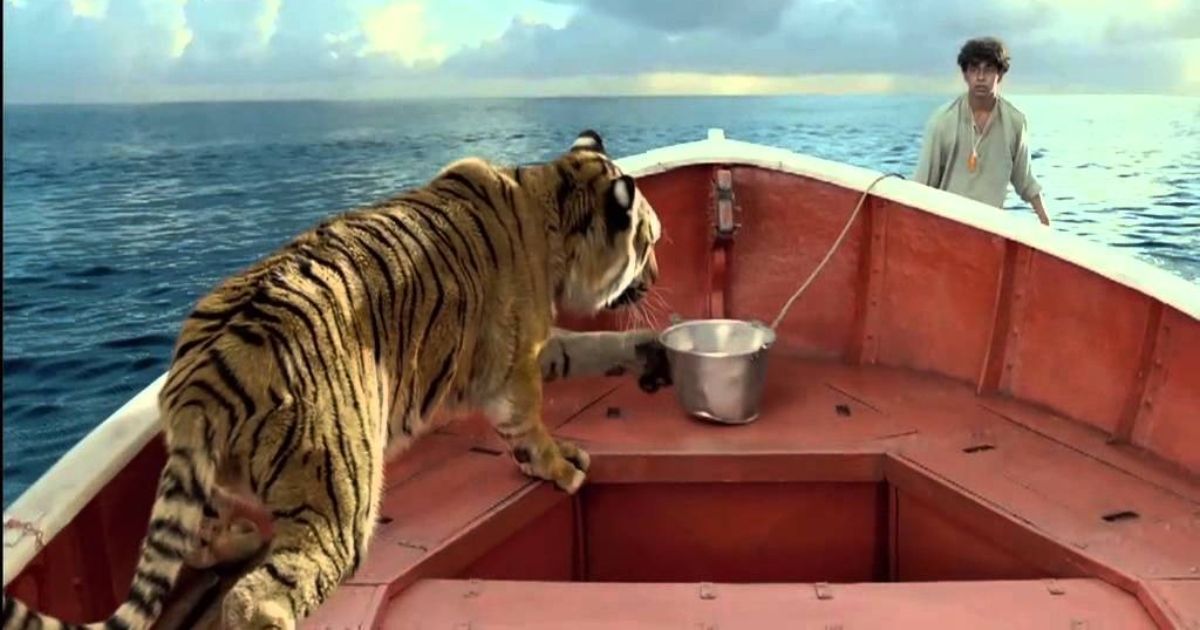

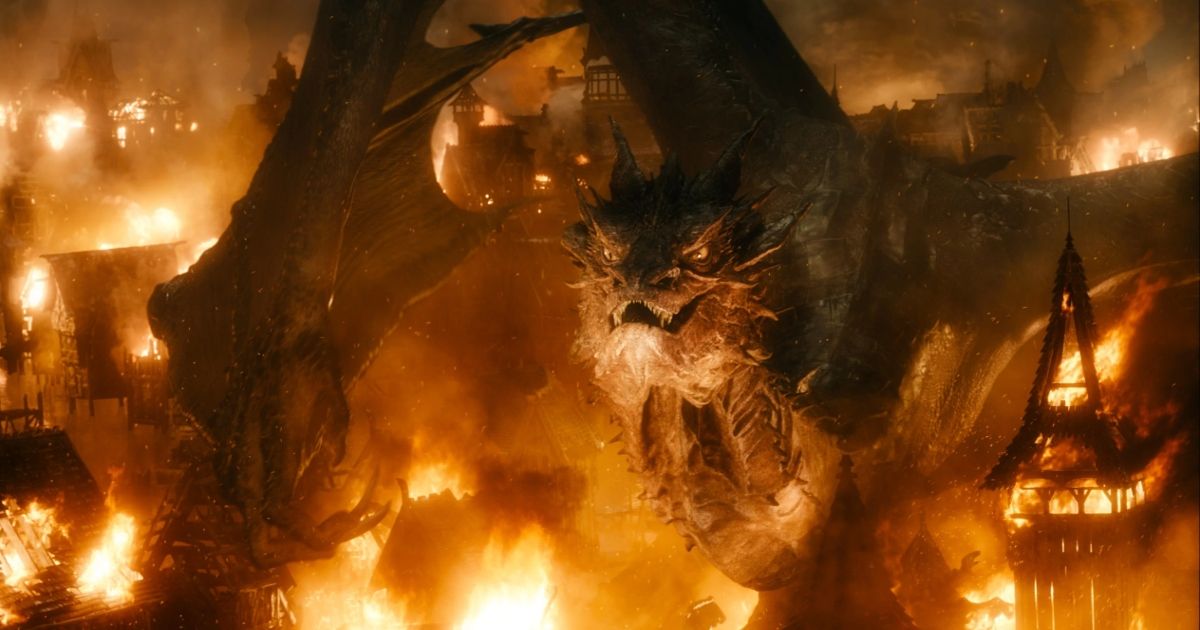
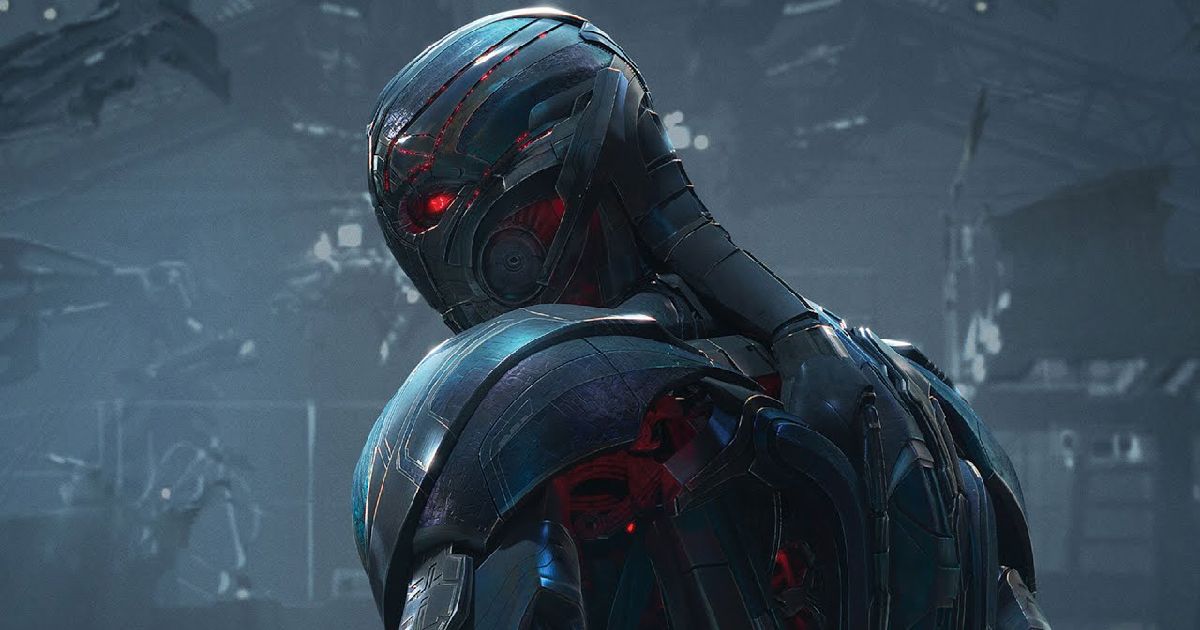
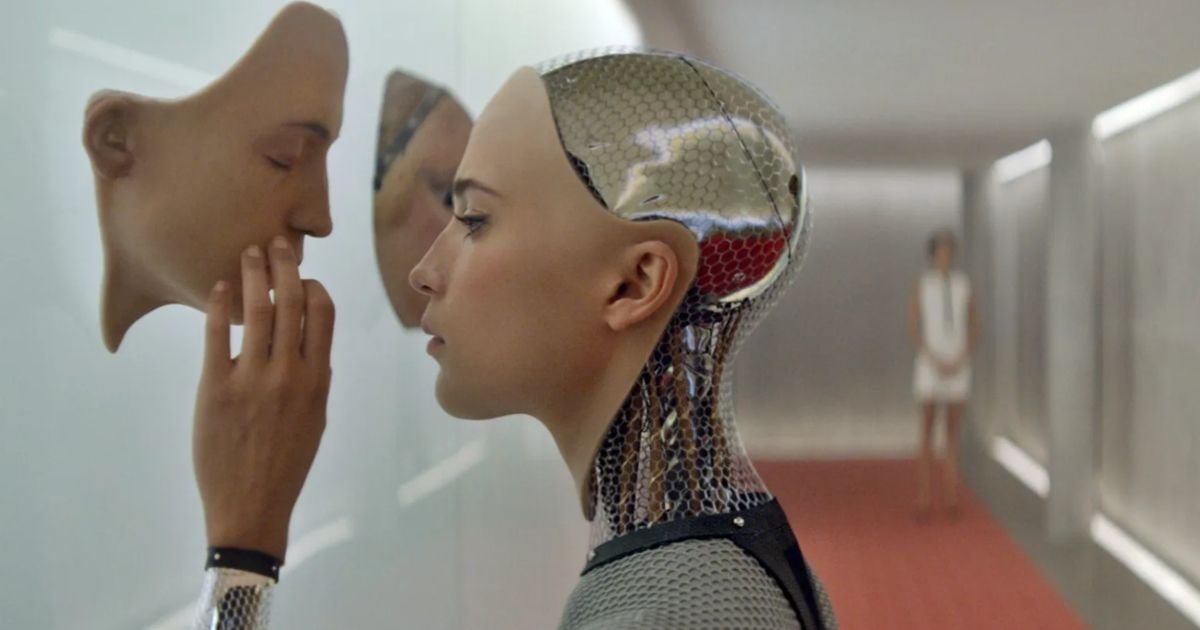
.jpg)


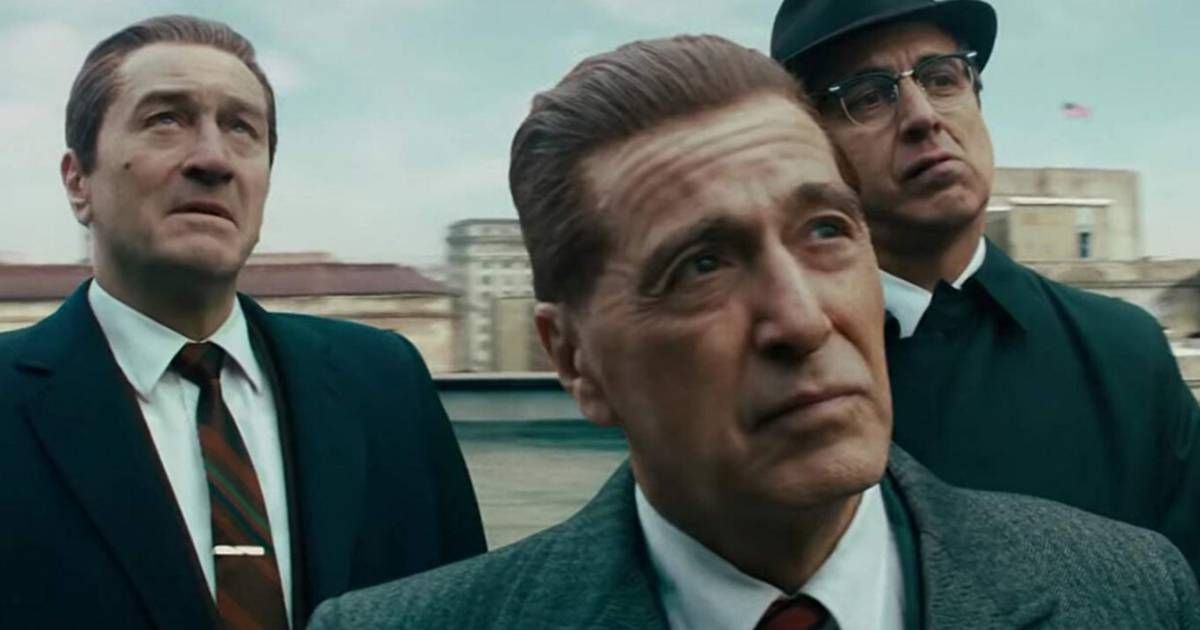
Comments
Post a Comment